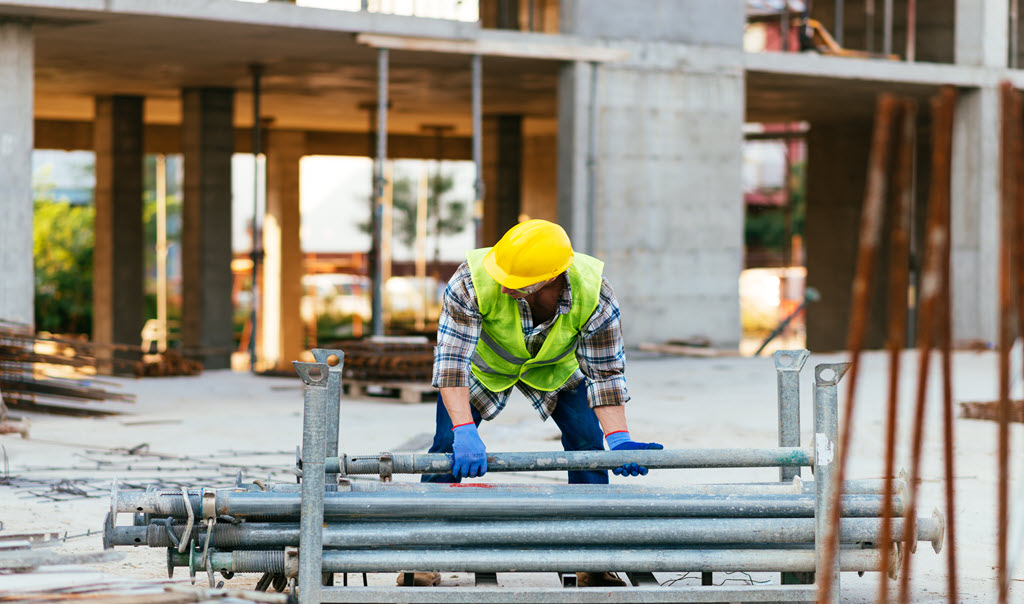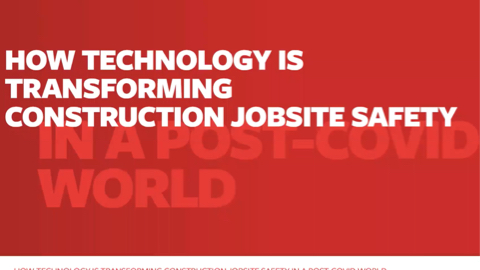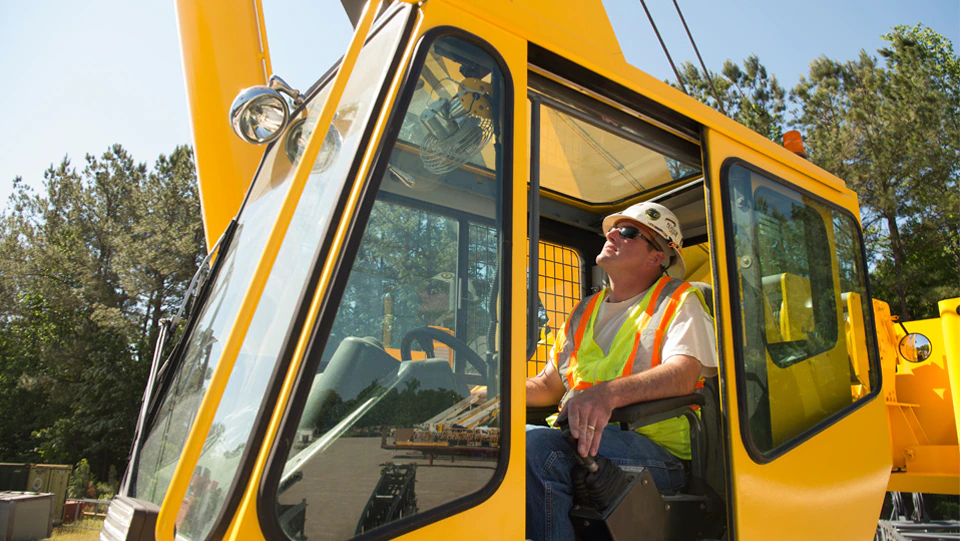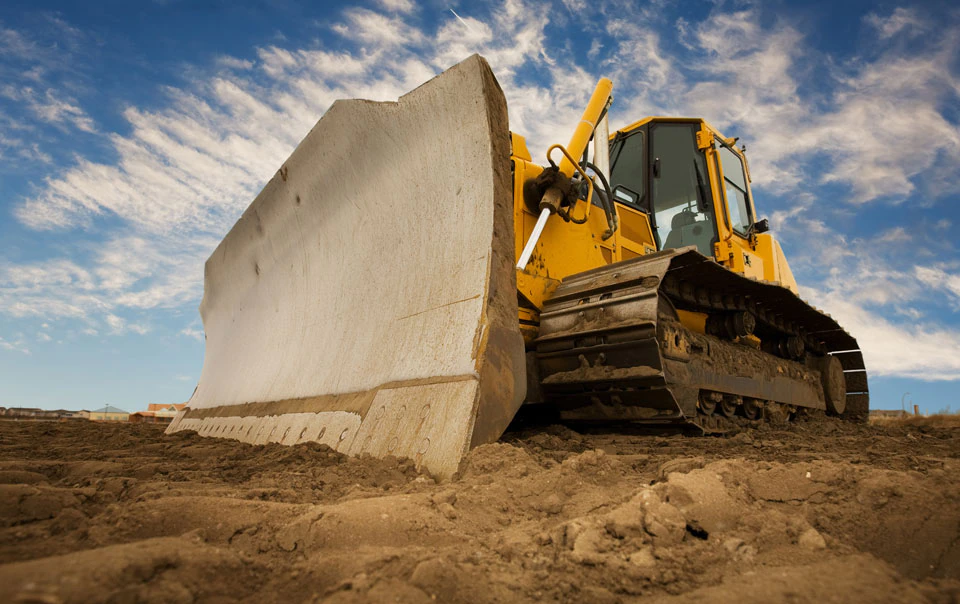Material-Handling Strategies for Contractors to Help Avoid Injuries

Travelers is proud to work with the finest Independent Agents

Construction workers can be at risk for serious injury from lifting on the job. Improper lifting and material handling may cause injuries to the back, shoulders, knees, and to muscles and soft tissue throughout the body. These types of injuries can take months or even years to heal and can be disabling or permanent.
The most effective way to help avoid soft tissue injuries is planning to eliminate lifts whenever possible or work to reduce the potential for injury. To help reduce lifting on the job site, consider:
- Selecting a lay-down area for materials close to where they will be installed.
- Using equipment, such as forklifts, dollies, hoists or hand carts, to help minimize lifting.
- Reducing the amount of material moved to reduce the load or get help from a co-worker.
- Notifying management when you have ideas about how to reduce lifting on the job.
Safe material-handling strategies
When materials must be handled manually, lifting strategies can help avoid putting undue stress on your body.
- Size up the load. Take a few seconds to stop and think about the weight, how the load will be handled and where it will be set down. Is it within your physical capability to safely handle it, and is there enough room to lift it without getting into an unsafe posture?
- Ensure that the path is clear, with ample room to maneuver and good footing. Carrying an object is hard enough without worrying about tripping on electrical cords, boxes or other materials in the pathway. Make sure the floor is clean and not slippery. Make sure you are wearing appropriate footwear to help provide extra slip resistance.
- Never allow the load to obstruct the view. You are more likely to trip and fall if you can’t see where you are going. If handling a large load, divide the load and move it in smaller portions.
- Use good lifting technique. Bend the knees and use the legs, not the back, for lifting. Keep the chin up to help maintain the natural “S” curve in the back throughout the lift. Lift smoothly and comfortably and avoid jerking the load from a resting position into a carrying position.
- Ideally, keep all loads at a height between your knuckles and shoulders. It is best to keep the lifting and carrying activities at a height where the load is between your shoulders and knuckles when your arms are hanging at your side.
- Avoid twisting and bending while lifting or moving. Bending and twisting can significantly increase strain on the back. Do not put objects on the floor if they must be picked up later. When changing direction, do so by first moving your feet and then rotating your entire body in the new direction of travel.
- Keep objects close to the body. The farther away from the body a load is carried, the greater the stress placed on the lower back.
- Avoid heavy lifts. If the load is too much for you alone, use a mechanical lifting/moving aid. When possible, divide the load into smaller units that can be safely handled. If you are lifting a heavy object with another or multiple workers, use extreme caution, as the load will not be divided equally throughout the lift. Fully plan the lift and communicate clearly throughout the process.
- Use handles if they are provided on the load. Handles allow the load to be grasped with a power grip and can help provide additional stability when lifting or moving the load.
Utilizing safe material-handling techniques can help workers protect their health and well-being on and off the worksite.
Contractors who work with Travelers benefit from our deep experience, industry expertise and specialized resources designed to help them mitigate construction risks.



